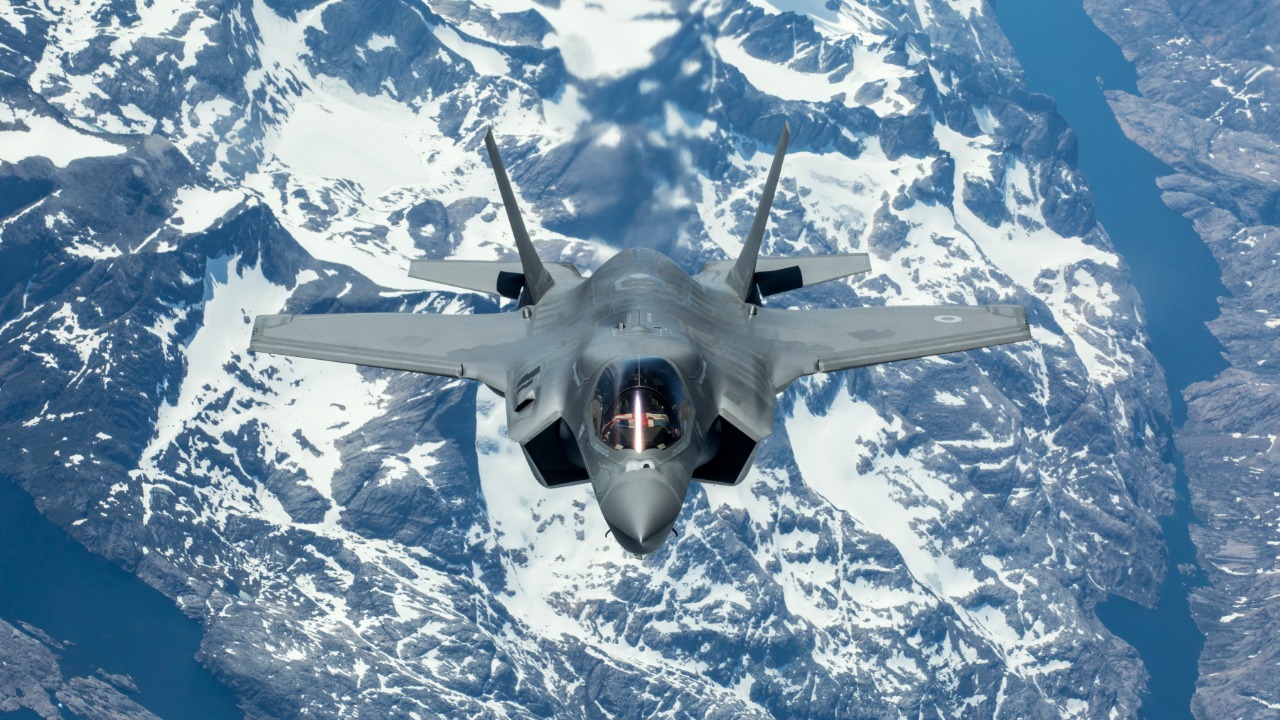
In a recent joint exercise over the Arabian Sea, British F-35 Lightning II jets from the UK’s HMS Prince of Wales aircraft carrier engaged in a simulated defensive operation against Indian Su-30MKI Flanker and Jaguar attack aircraft. The mock scenario, which targeted the HMS Prince of Wales as the objective, pitted stealthy fifth-generation fighters against India’s multirole and strike platforms in a high-stakes air combat drill. This face-off underscored the interoperability between the two nations’ forces in the context of evolving regional security dynamics.
The Joint Exercise Framework
The joint exercise was a testament to the collaborative nature of the UK and Indian forces. The overarching structure of the exercise involved assets from the UK carrier strike group and Indian Air Force squadrons, emphasizing the cooperative spirit of the drill over the Arabian Sea. The strategic objectives of the exercise were multifaceted, including enhancing tactical coordination and testing carrier defense protocols. This partnership between the UK and India was a significant step in strengthening their defense ties.
The timing and scale of the exercise were part of broader multinational drills. While the exact dates of the exercise were not disclosed, the scale of the operation was substantial, involving multiple aircraft and naval assets from both nations. This joint exercise was a clear demonstration of the growing defense cooperation between the UK and India.
UK Carrier and F-35 Deployment
The HMS Prince of Wales served as the central platform for the exercise. The aircraft carrier was deployed with F-35B squadrons, which played a crucial role in the mock scenario. The F-35 Lightning II’s capabilities were put to the test in a defensive posture, with a focus on its stealth and sensor fusion advantages. These features, as highlighted in various aviation analyses, give the F-35 a distinct edge in air combat scenarios.
The integration of UK carrier aircraft into the exercise was a key aspect of the drill. The deployment of these aircraft, as part of the carrier strike group, demonstrated the UK’s commitment to maintaining a strong naval aviation component in its defense strategy.
Indian Air Force Participants
The Indian Air Force’s involvement in the exercise was significant, with the Su-30MKI fighters playing a crucial role in simulating the attacking force. These multirole fighters, known for their versatility and combat prowess, added a layer of complexity to the mock scenario.
The Jaguar strike aircraft also contributed to the mock assault, simulating ground-attack elements. The participation of these aircraft underscored the Indian Air Force’s capabilities in strike and ground-attack operations. The overall engagement of Indian squadrons in the Arabian Sea operations was a testament to the Indian Air Force’s readiness and operational capabilities.
Simulated Attack Scenario
The dynamics of the mock carrier attack were complex, with Indian warplanes targeting the HMS Prince of Wales in a coordinated simulation. The offensive tactics employed by the Su-30s and Jaguars were designed to test the defensive capabilities of the UK carrier group. The exercise involved a range of air combat elements, with the Indian aircraft simulating a multi-pronged attack on the carrier.
The defensive response setup was equally intricate. The F-35s were tasked with intercepting the incoming Indian aircraft, utilizing their stealth capabilities and advanced sensors to detect and engage the attackers. Each aircraft type played a distinct role in the exercise, contributing to the overall complexity of the scenario.
Tactical Engagements and Outcomes
The F-35s’ interception maneuvers against the simulated Indian assault were a key aspect of the exercise. The stealth fighters were tasked with detecting and engaging the incoming Indian aircraft, demonstrating their capabilities in air-to-air combat. The exercise also highlighted key performance aspects such as electronic warfare and beyond-visual-range engagements.
While the exact outcomes of the exercise were not disclosed, the joint drill was a valuable opportunity for both forces to test their capabilities and improve interoperability. The exercise also provided insights into the performance of the participating aircraft in a simulated combat scenario.
Strategic Implications for Allies
The joint exercise has significant implications for UK-India defense ties. The collaborative framework of the drill, as demonstrated in the Arabian Sea, strengthens the defense partnership between the two nations. The exercise also provided valuable lessons on carrier vulnerability and air superiority, with the specific aircraft matchups offering insights into potential combat scenarios.
On a broader scale, the exercise enhances readiness in the Indo-Pacific region. By participating in such drills, the UK and India are not only strengthening their own defense capabilities but also contributing to regional security. The exercise, therefore, has far-reaching implications, underscoring the importance of defense cooperation in the face of evolving security challenges.